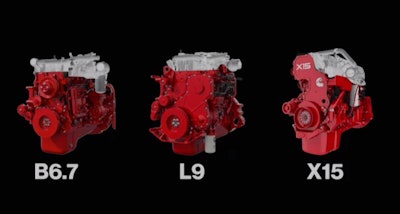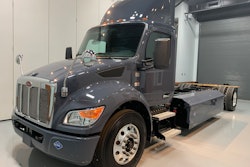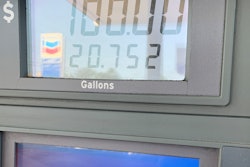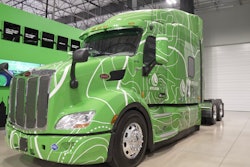
[This article was originally published in 2022 by Trucks, Parts, Service. It has been updated to include more timely information.]
More than 20 years of research and development came to fruition at Cummins last year when the company revealed its plans to bring agnostic engine technology to the commercial vehicle sector.
Announcing the landmark development in February 2022, Cummins stated standardizing aspects of its B, L and X-Series engine portfolios for diesel, natural gas and hydrogen is a tremendous step toward its corporate goal reducing emissions and achieving ‘Destination Zero’ by 2050.
Cummins’ Vice President of Engineering, Engine Business, Jonathan White said at the time that the company’s agnostic technology is “a new way of designing and developing lower emission internal combustion powertrains that meet the unique needs of the transportation industry … This unique technology approach will allow end users to more seamlessly pick the right powertrain for their application with the lowest CO2 impact.”
Which is where truck dealers come in.
As Cummins readies its new technology for its North American introduction, the engine maker also is investing resources to convey the advantages of its agnostic engines to OEMs and fleets who will buy them.
In addition to its environmental benefits, Cummins believes agnostic engines will offer increased sales potential for OEMs and reduce maintenance complexity for truck owners and service providers. Dealers who want to sell and service this equipment would benefit themselves by learning those advantages as soon as possible.
[RELATED: Cummins to invest $1 billion in U.S. manufacturing]
From a sales perspective, Cummins states agnostic engine technology could be a game-changer for OEMs. The company states using similar engine footprint and architecture across its portfolio will make integration into trucks easier across the platforms, lowering costs associated with vehicle redesign and production line changes and creating more choices for customers.
 A glimpse at Cummins' fuel-agnostic offerings. Everything below the head gasket will share a common base engine as shown in red. This will help reduce costs associated with acquisition, part replacement and technician training.
A glimpse at Cummins' fuel-agnostic offerings. Everything below the head gasket will share a common base engine as shown in red. This will help reduce costs associated with acquisition, part replacement and technician training.
All built using a common base engine, Cummins says its agnostic solutions will have largely similar components below the head gasket with different components above. The company debuted its 10-liter X10 engine, destined to replace the L9 and X12 products, earlier this year and says the engine will hit the market in 2026 and will far exceed EPA 2027 regulations.
Rollout dates have not been finalized for other products. In long-haul, Cummins says its 15-liter natural gas engine is expected to come first, followed by a 15-liter hydrogen internal combustion engine. Additionally, the first two products slated as part of the B6.7 platform will be Octane (gasoline) and propane with hydrogen to follow.
“We’ve been working on this as a concept for more than 20 years, but more stringent regulations and shifts in what our customers need have allowed us to invest to bring the concept to reality,” the company says.
Cummins adds that while each engine will be “specifically built and optimized to run on a specific fuel type,” fuel agnostic will mean fleets will be able choose the best fuel type that best meets their needs. “By offering a range of solutions with a common architecture, we are giving fleets the ability to more seamlessly integrate a variety of fuel types into their fleets.”
The company sees other benefits too.
Agnostic engines are expected to offer diesel-like performance, durability and reliability; will significantly lower incremental and replacement costs than BEV and hydrogen fuel cell vehicles; and could offer sustainable power options where infrastructure is not available for BEV and hydrogen fuel cells. Engine design and parts commonality also will reduce maintenance complexity and aid in the training and performance of engine technicians, while also lowering training and tooling costs and reducing parts inventories.
[RELATED: Cummins announces EV charging partnership with Heliox]
Cummins is working on training curriculum for dealers now. The company also is directing fleet customers to talk to their preferred OEMs today if interested in staking out build slots. Until then, development continues.
“Our customers can be confident in Cummins’ unmatched testing and evaluation process ensuring high-performance products,” White said in February. “No matter what type of work a fleet does, we’ll have an engine powered by lower carbon fuels with diesel-like performance to get the job done.”














